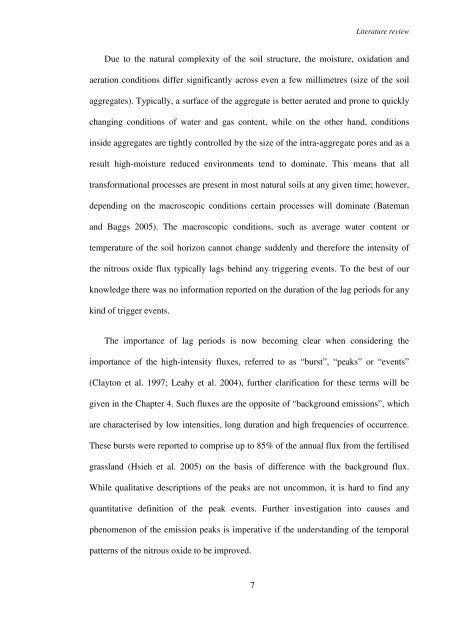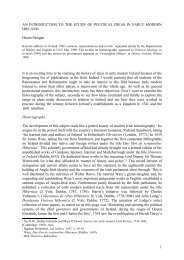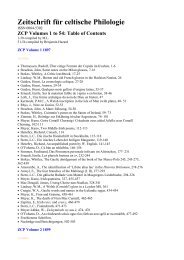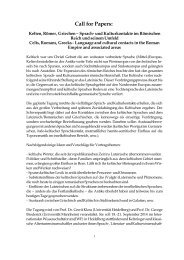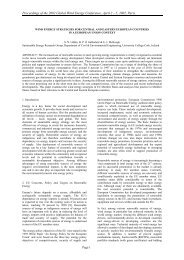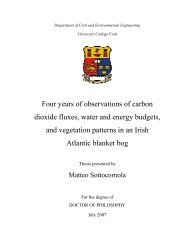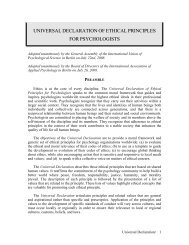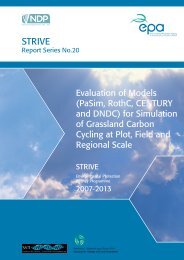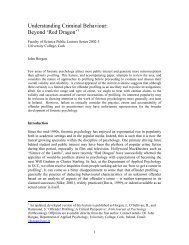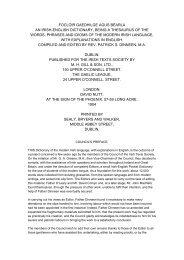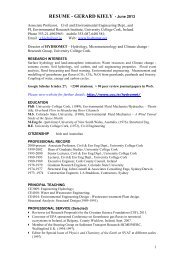PhD Thesis, 2010 - University College Cork
PhD Thesis, 2010 - University College Cork
PhD Thesis, 2010 - University College Cork
Create successful ePaper yourself
Turn your PDF publications into a flip-book with our unique Google optimized e-Paper software.
Literature review<br />
Due to the natural complexity of the soil structure, the moisture, oxidation and<br />
aeration conditions differ significantly across even a few millimetres (size of the soil<br />
aggregates). Typically, a surface of the aggregate is better aerated and prone to quickly<br />
changing conditions of water and gas content, while on the other hand, conditions<br />
inside aggregates are tightly controlled by the size of the intra-aggregate pores and as a<br />
result high-moisture reduced environments tend to dominate. This means that all<br />
transformational processes are present in most natural soils at any given time; however,<br />
depending on the macroscopic conditions certain processes will dominate (Bateman<br />
and Baggs 2005). The macroscopic conditions, such as average water content or<br />
temperature of the soil horizon cannot change suddenly and therefore the intensity of<br />
the nitrous oxide flux typically lags behind any triggering events. To the best of our<br />
knowledge there was no information reported on the duration of the lag periods for any<br />
kind of trigger events.<br />
The importance of lag periods is now becoming clear when considering the<br />
importance of the high-intensity fluxes, referred to as “burst”, “peaks” or “events”<br />
(Clayton et al. 1997; Leahy et al. 2004), further clarification for these terms will be<br />
given in the Chapter 4. Such fluxes are the opposite of “background emissions”, which<br />
are characterised by low intensities, long duration and high frequencies of occurrence.<br />
These bursts were reported to comprise up to 85% of the annual flux from the fertilised<br />
grassland (Hsieh et al. 2005) on the basis of difference with the background flux.<br />
While qualitative descriptions of the peaks are not uncommon, it is hard to find any<br />
quantitative definition of the peak events. Further investigation into causes and<br />
phenomenon of the emission peaks is imperative if the understanding of the temporal<br />
patterns of the nitrous oxide to be improved.<br />
7


